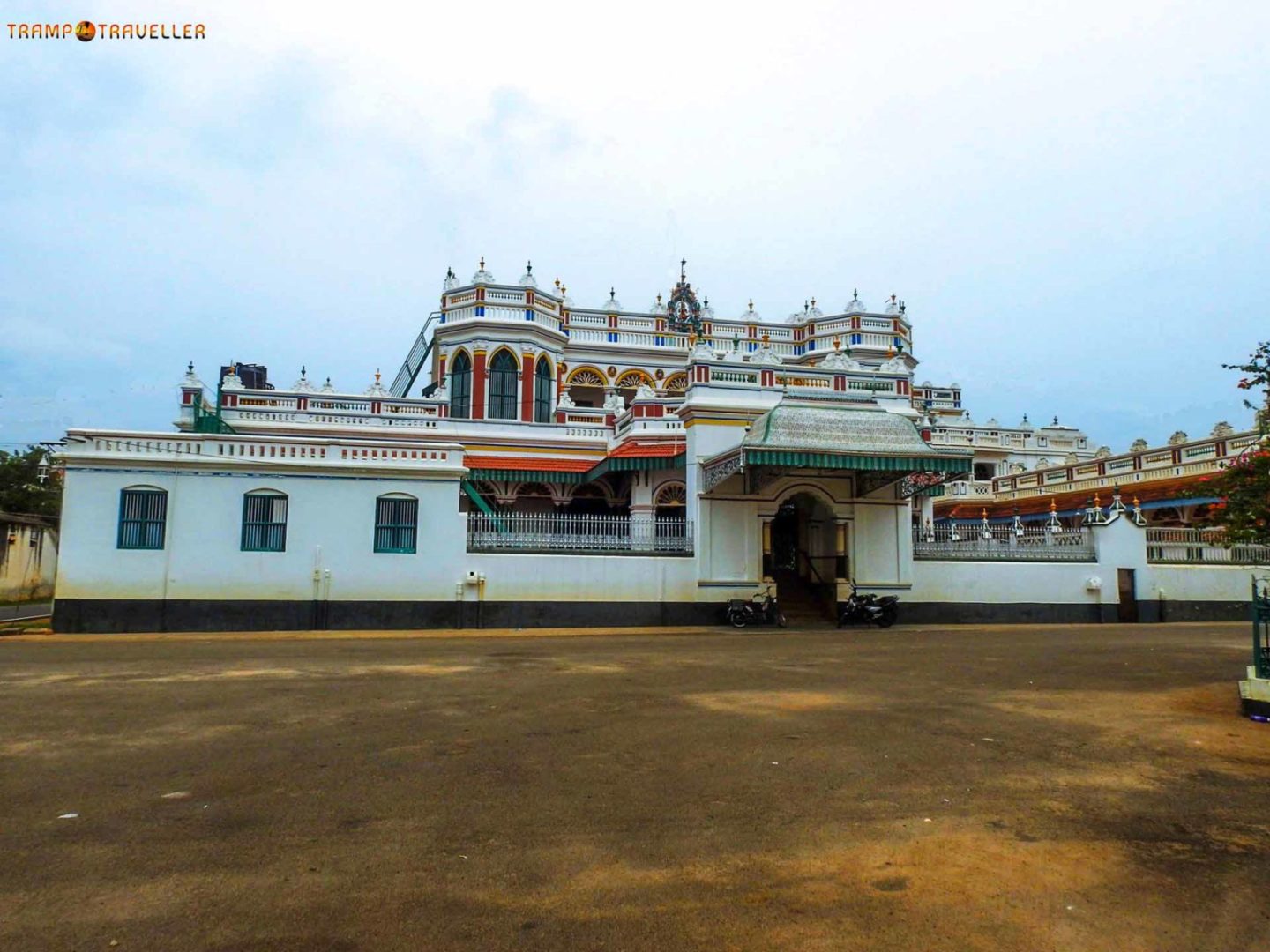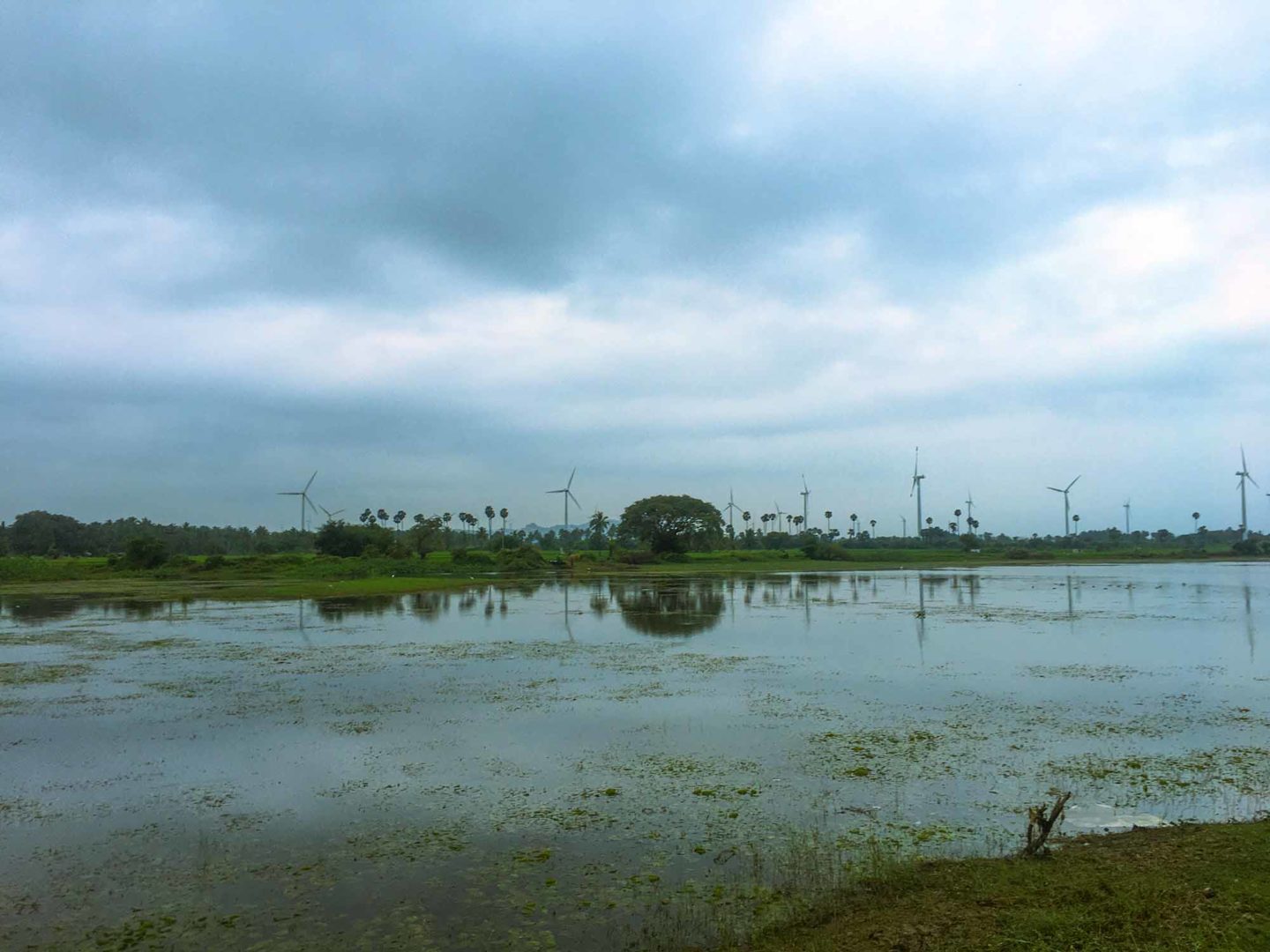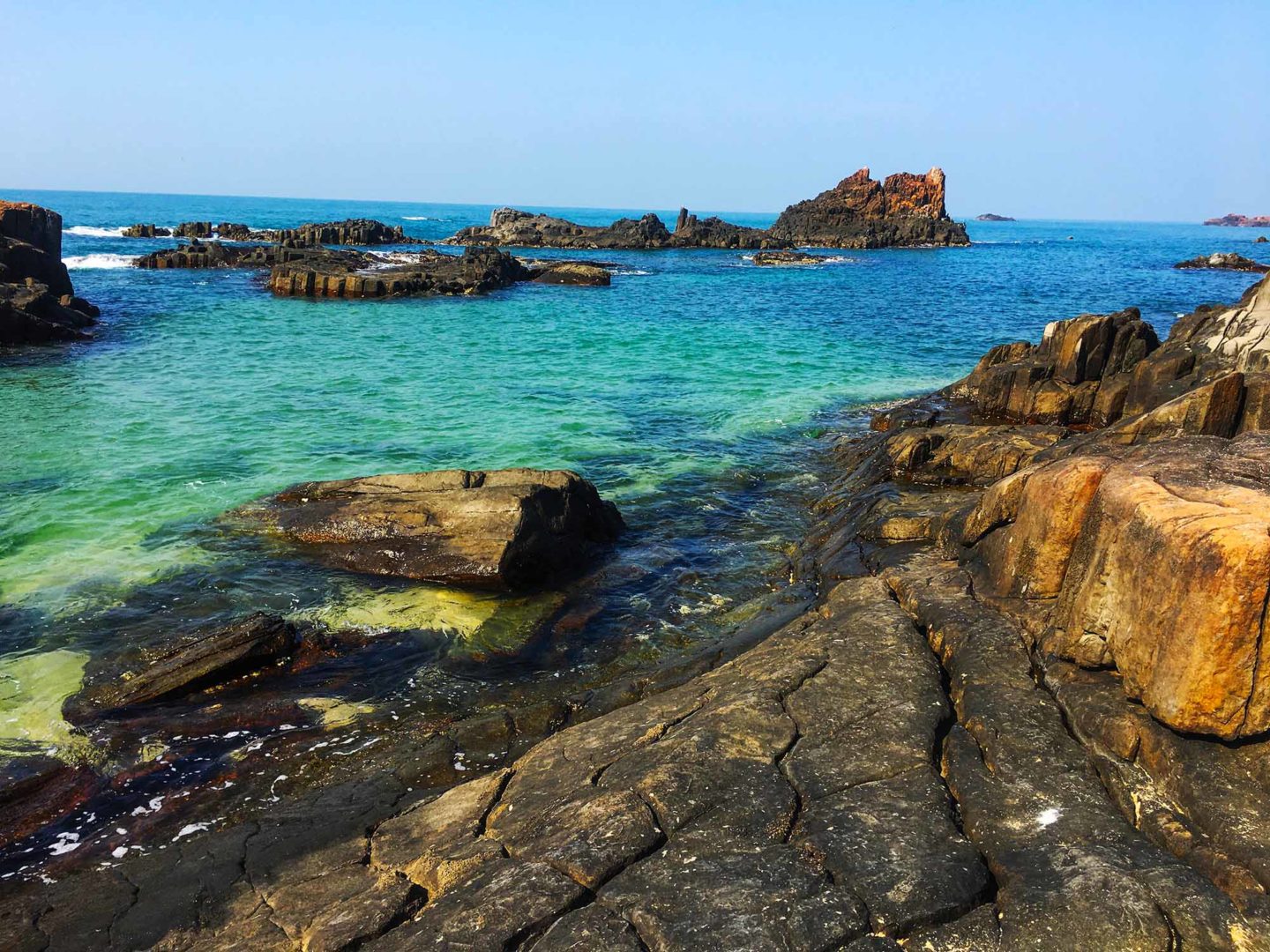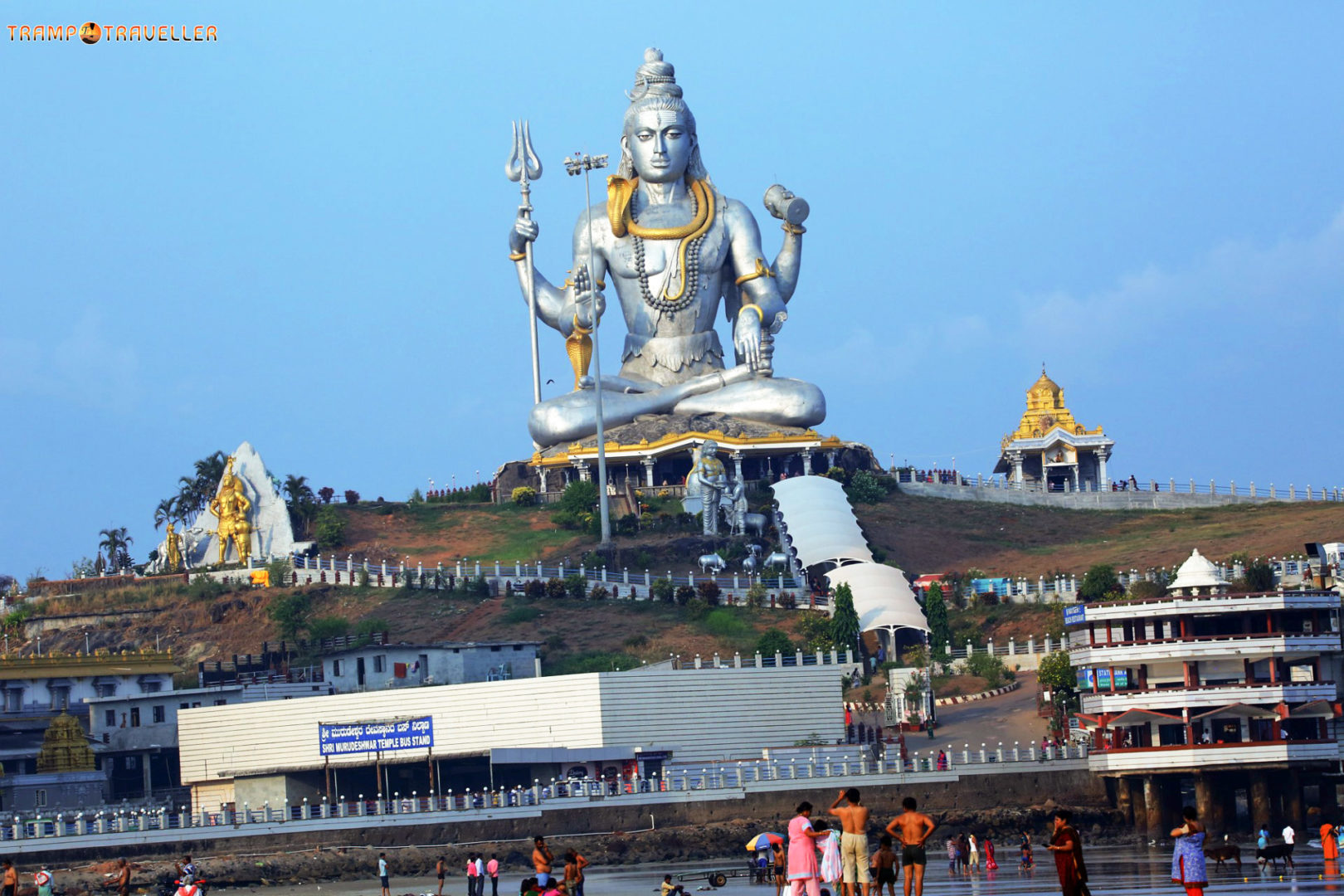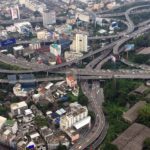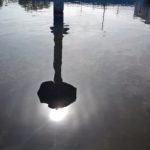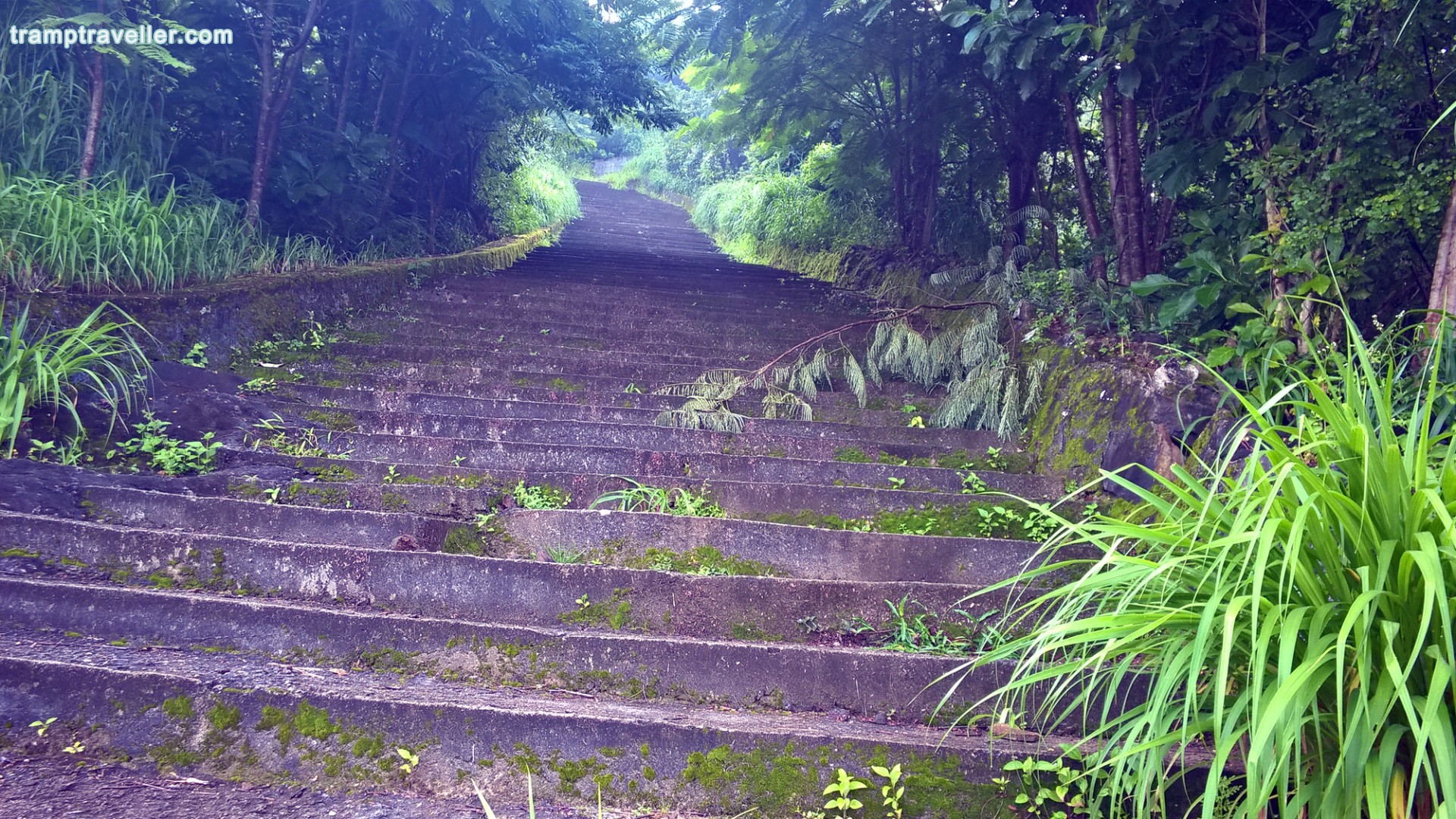To the Country of Ravana Sri Lanka
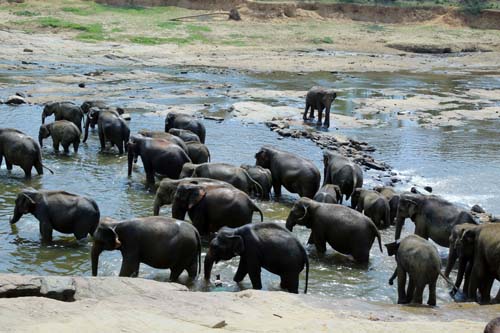
My journey is to the Kerala outside India; yes, to Sri Lanka, the photostat of Kerala, the land of Ravana. I travelled from Colombo to Sri Lanka’s important hill station, Kandy. It is 115 km from Colombo to Kandy. Pinnawala can be reached by traveling 70 km from Colombo and then 15 km on Rambukkana route from Kegalle Town.
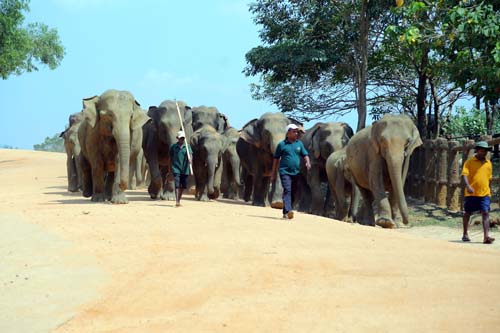
The world famous elephant orphanage is situated in Pinnawala. It is the largest center in the world where wounded and wandering elephants are cared for and protected. It is vast and extensive, covering an area of 25 acres where we can see dismal sights of elephant which lost sight as a result of gunshot wound and elephant which lost its front right leg to a land mine, etc., and also hopeful sights of elephant cradles.
This center was established in 1975 and is under the Sri Lanka Department of Wildlife. At first, the orphanage had 4 baby elephants but the number increased to 142, male elephants numbering 89 and female elephants 53. Elephant babies are also there. The first elephant baby was born in 1984. To observe the bathing and feeding of elephants is extremely delightful. By paying Rs. 400, we can also feed the elephants. A tent called Elephant Cradle is the apartment of elephants. Here, 34 elephant babies were born. Except for mother elephants, babies and sick elephants, all the elephants are taken to the river for bathing. There are only 2 mahouts for taking these elephants to the river for bathing. To observe herds of elephants taken to the river for bathing is quite a spectacle. The sight of herds of elephants resembles that of a huge mountain.

The elephants are taken for bathing by crossing the road opposite to the orphanage. On the way, there are so many shops on either side. Some shops sell statues of elephants made of teak while others are souvenir shops and shops that sell paper made of elephant dung. When the elephants go for bathing, the shops close their shutters and when they have passed by, they open the shutters. It is quite interesting to see the elephants bathing in the river. They spend 2 hours the way they like, some elephants stand without moving, some squirt water out of the trunk, some go to the other side of the river in search of grass. Elephants in the river look like scattered mustard seeds.
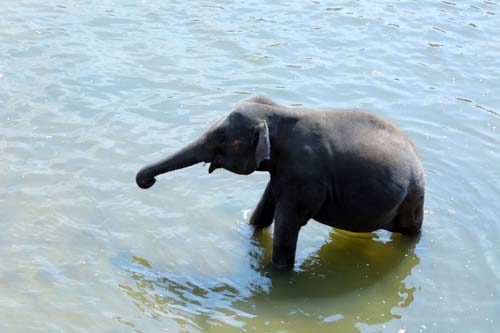
The mahouts are happy to allow us to take photos with elephants as they get Rs. 50 as gift from the visitors. Making paper from elephant dung is a major industry in Sri Lanka. They show us the methods to make paper. The entrance fee to the elephant orphanage is 600 Sri Lankan Rupees. It comes to around 300 Indian Rupees. This fee is only for SAARC Countries. For Sinhalese, it is just 60 Rupees. Fee for other foreigners is even higher. The entrance time is from 8.30 in the morning to 6.30 in the evening. Other time schedules include feeding the elephant at 9.15 a.m., taking them for bathing at 10.15, return from bath at 12.00, lunch at 1.15 p.m., bathing again at 2.00, returning from bath at 3.00, feeding at 4.00 and closing at 6.30 p.m. I was gratified by what I saw in the elephant orphanage. It was all a feast to my eyes.
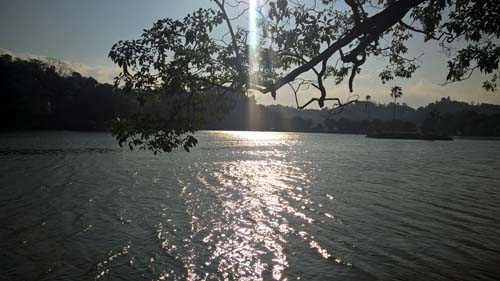
I started my journey for Kandy, a beautiful city which is included in the list of World Heritage Sites since 1988. It is home to tea plantations. Kandy is an attractive hill station in Sri Lanka, with all the tea hills, valleys and lakes. Kandy is also an important pilgrimage center for followers of Buddhism throughout the world. It is the Buddhist Temple of Maligawa [Temple of Tooth] where a tooth of Lord Buddha is preserved, that makes it a pilgrimage center. Kandy Lake is a beautiful lake in the middle of Kandy City and has a perimeter of 3.5 km. The shady path surrounding the lake and gardens make Kandy City even more alluring. There is a big statue of Buddha built on top of a hill, which can be seen from anywhere in Kandy City. I shall continue with the rest of Kandy and Sri Lanka in the next part of the article.


